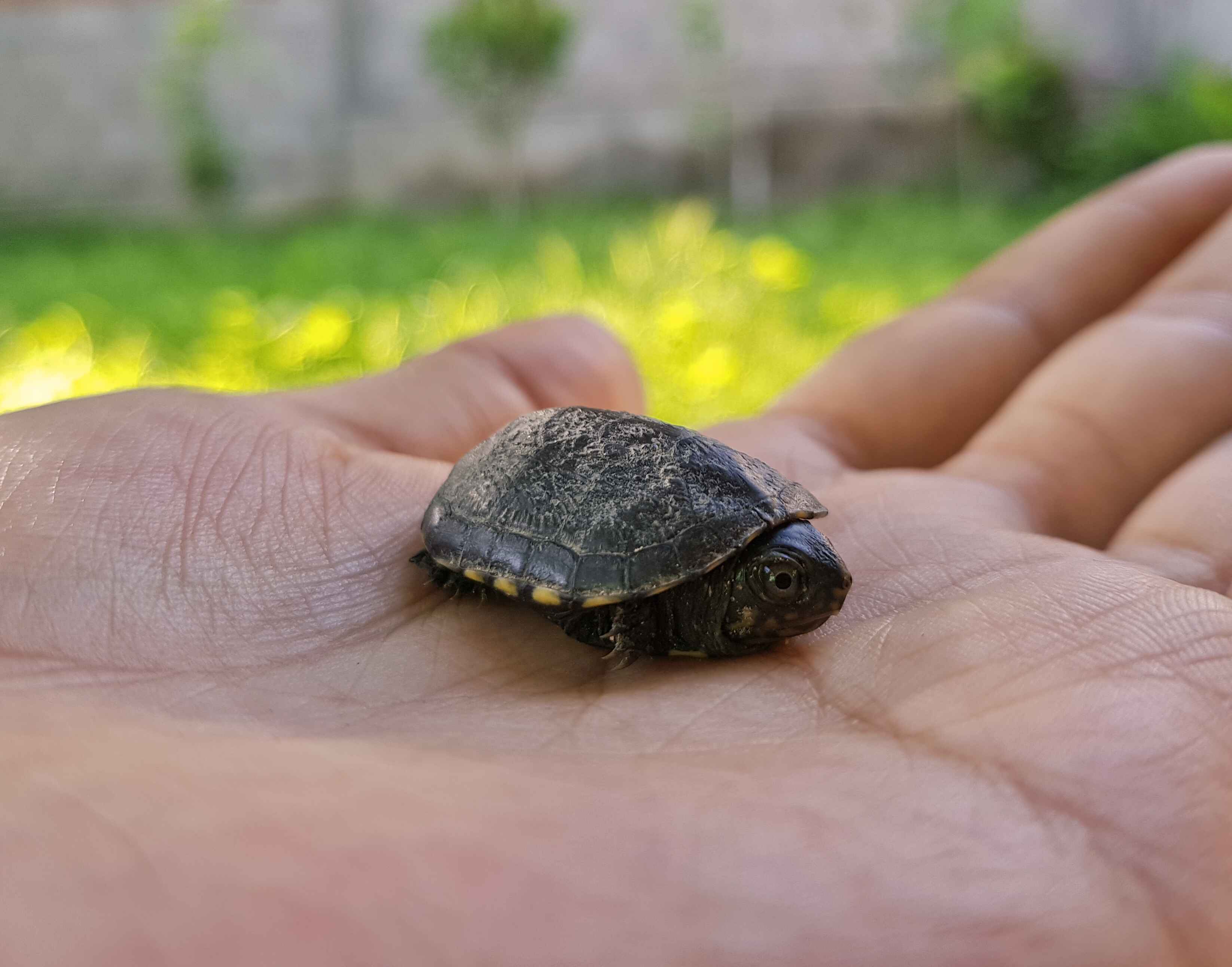Mud Turtle

Mud-loving, Compact Companions
The eastern mud turtle is a unique turtle that has become a popular pet thanks to their small, compact size. They rarely grow over 5 inches long, making them one of the smallest aquatic turtles.
Named for their love of burrowing in mud, they often bury themselves in wet leaves or loam in captivity. These strange little creatures can occasionally get grouchy, so are typically recommended for owners with some experience in reptile habitats. Like other turtles, they have a long average lifespan and can live for up to 50 years. If you’re looking for a quirky, compact companion for life, the eastern mud turtle might be the perfect pick.
Native Habitat
The eastern mud turtle can be found in ponds all along the eastern United States. They are unique from most other aquatic turtles in that they are a semi-terrestrial turtle, meaning they live both on land and in water. They also rarely bask, preferring to walk, bury under leaves, or settle on the bottom of shallow ponds.
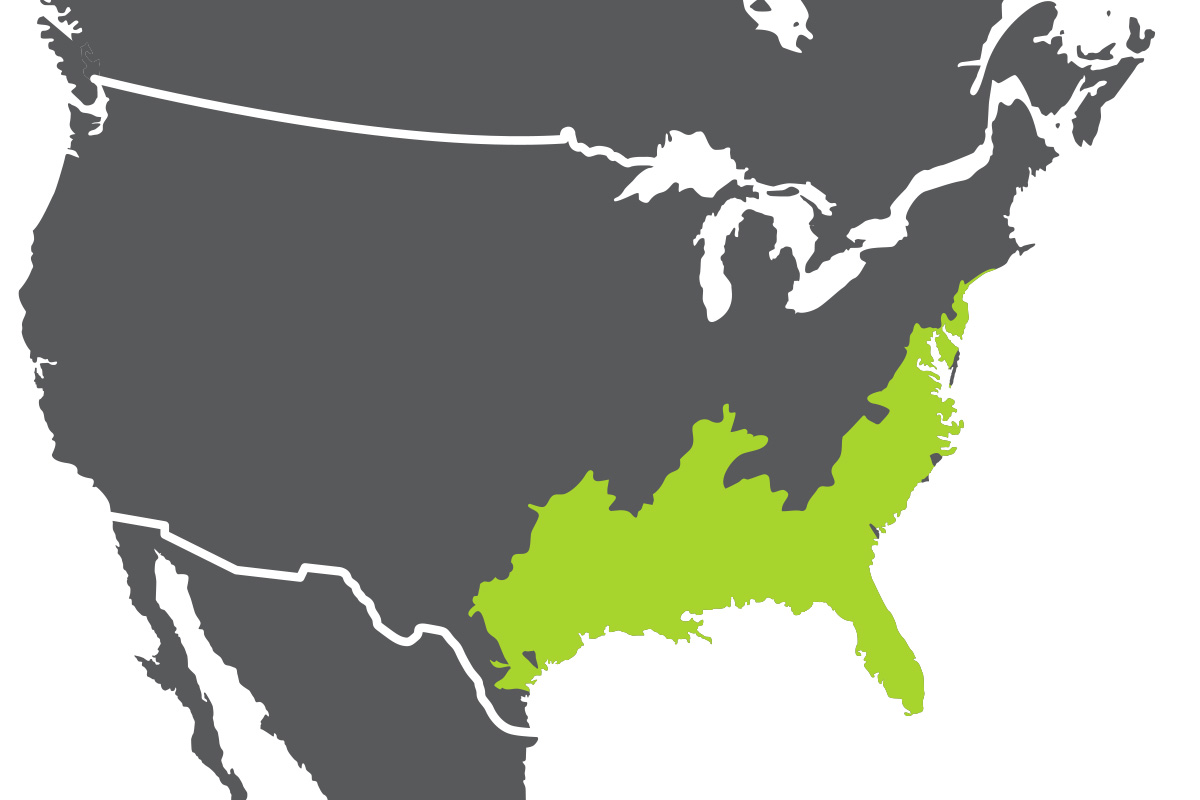
Recommended Housing And Accessories
As a semi-terrestrial turtle, eastern mud turtles require both land and water habitats in their enclosure. You will want at least a 40-gallon tank for one turtle, 50-100 gallons for the typically larger females. A 48” Zilla Quickbuild Terrarium can be a convenient option here.
The habitat should be half land and half water. Water depth should be twice the length of the turtle. Consider adding a second tank for the land portion to keep things cleaner. If you decide to have a second tank, provide safe access with a secured and easily accessible ramp such as the Zilla Basking Platform Ramp.
Make sure to use a strong filter like Aqueon Quietflow® Canister Filter or multiple filters to maintain water quality. Water care products like Zilla Water Conditioner, Zilla Miracle Ball, and Zilla PURE can help significantly reduce time spent on upkeep.
Eastern mud turtles thrive in a well-maintained substrate. In the aquatic section of your enclosure, use gravel as a clean alternative to mud. The land section can ideally use wet leaves and loam as a substrate that will encourage their natural burrowing behavior. Avoid mud to discourage hibernation.
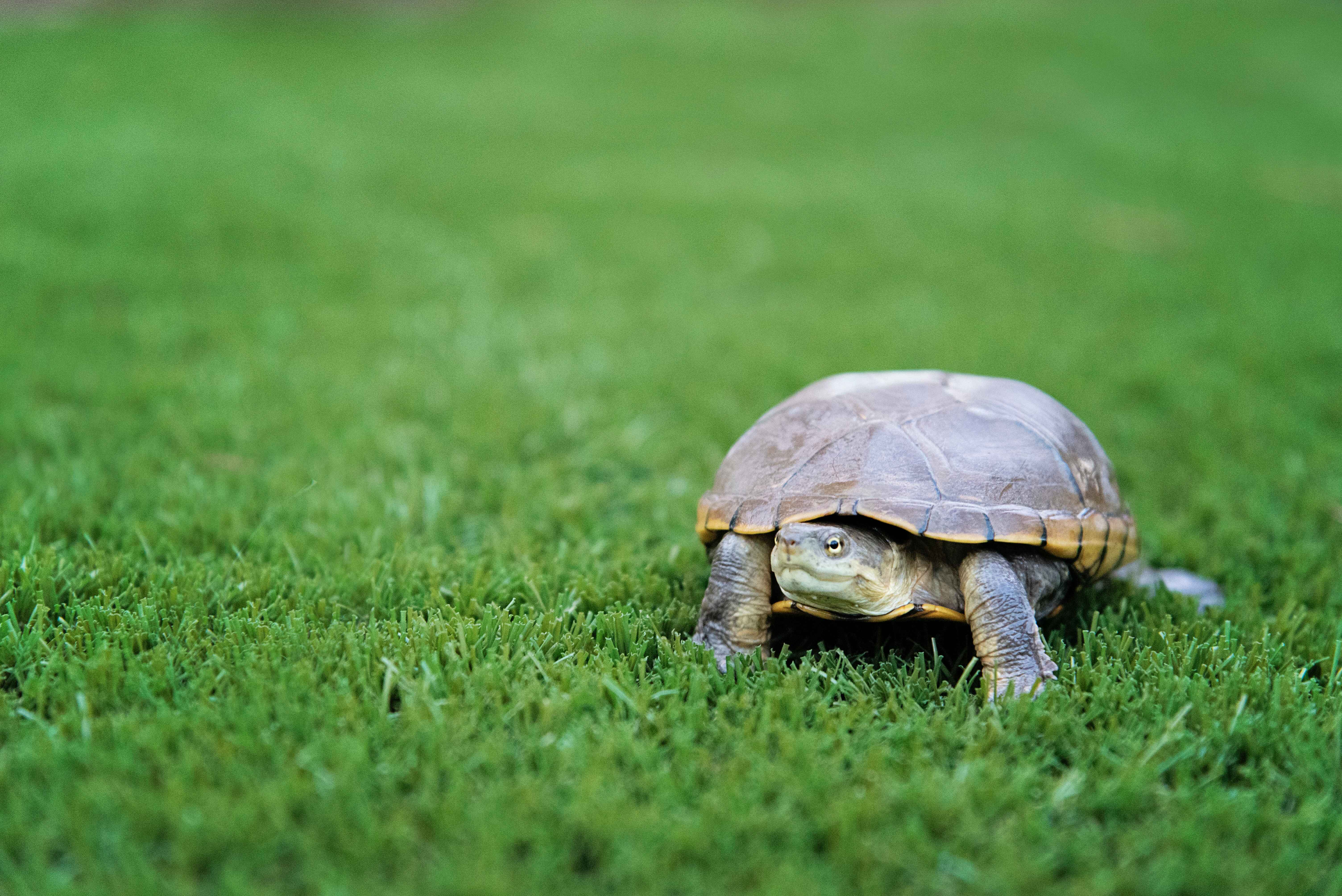
Temperature and Lighting
Aim to maintain your mud turtle’s water temperature at 74-78°F and their ambient tank temperature between 78-82°F. Traditional reptile heat bulbs such as Zilla Incandescent Spot Bulbs or Zilla Mini Halogen Bulbs are great, as well as heat emitters like the Zilla Aquatic Reptile Heater to help with consistent overall warmth.
UVA and UVB is a necessity for a healthy turtle. Indoor turtles require UVB lighting and supplemental heat lights for 10-12 hours a day. Make sure to provide access to UVA/UVB using any Zilla Fluorescent UVA/UVB bulb. These can be fitted to a corresponding fixture such as the Zilla Heat & UVB Basking Fixture. Remember to replace bulbs every 6 months.
For more information on UV lighting, read Understanding UVA, UVB, and UVC Reptile Lighting.
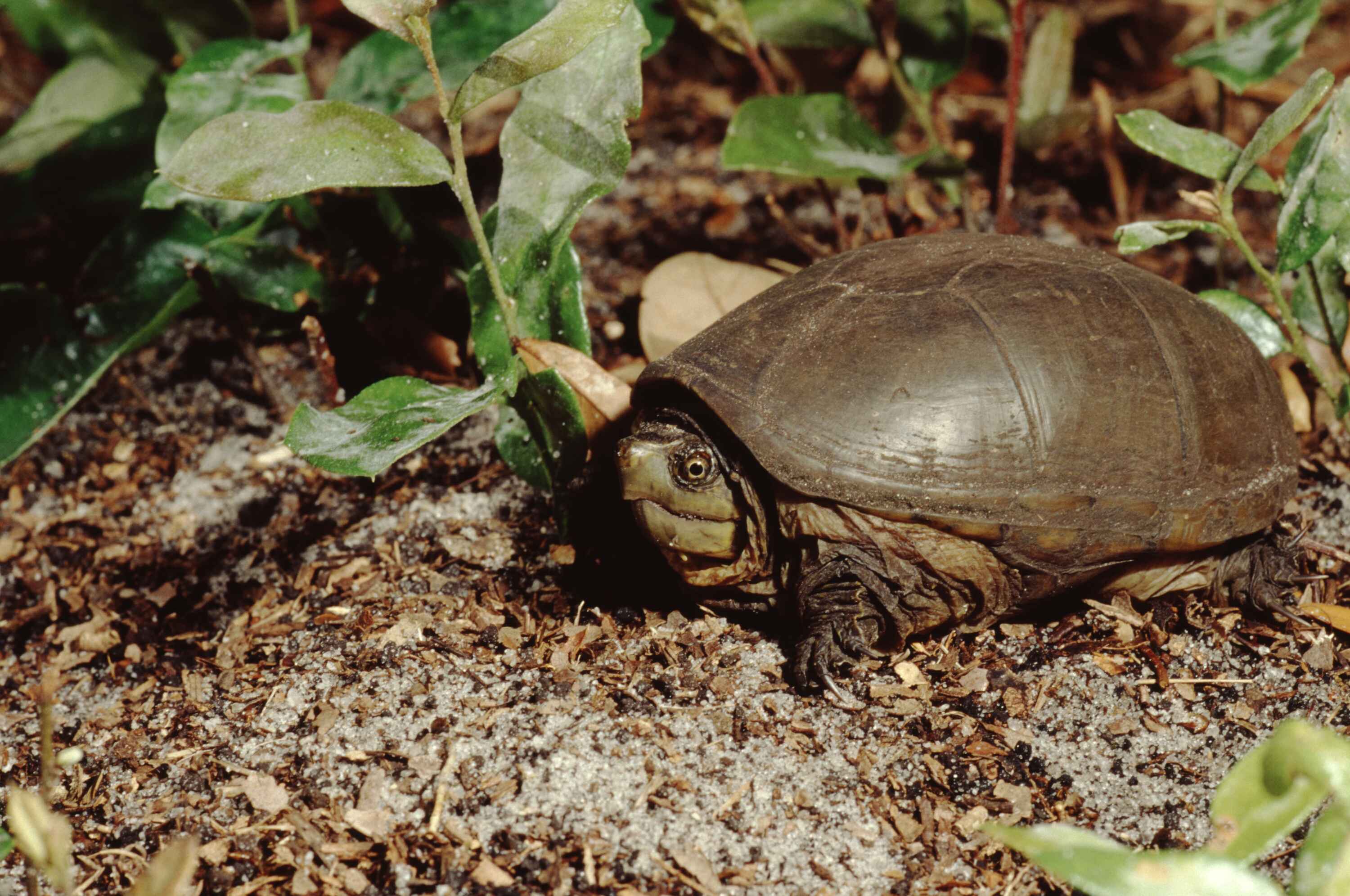
Feeding and Diet
Mud turtles are omnivores with specific dietary needs. They primarily eat worms, fish, snails, and dark green leafy vegetables. Avoid iceberg or romaine lettuce. Offer a variety of items including aquatic turtle pellets like Zilla Turtle Sticks, as well as treats they’ll love like Zilla River Shrimp or Turtle Chasers. Feed them one protein meal every other day and leafy greens daily. Provide calcium supplements regularly and consider a separate feeding area to manage messiness.
Check the Zilla Feeding Guide for a list of appropriate food options.
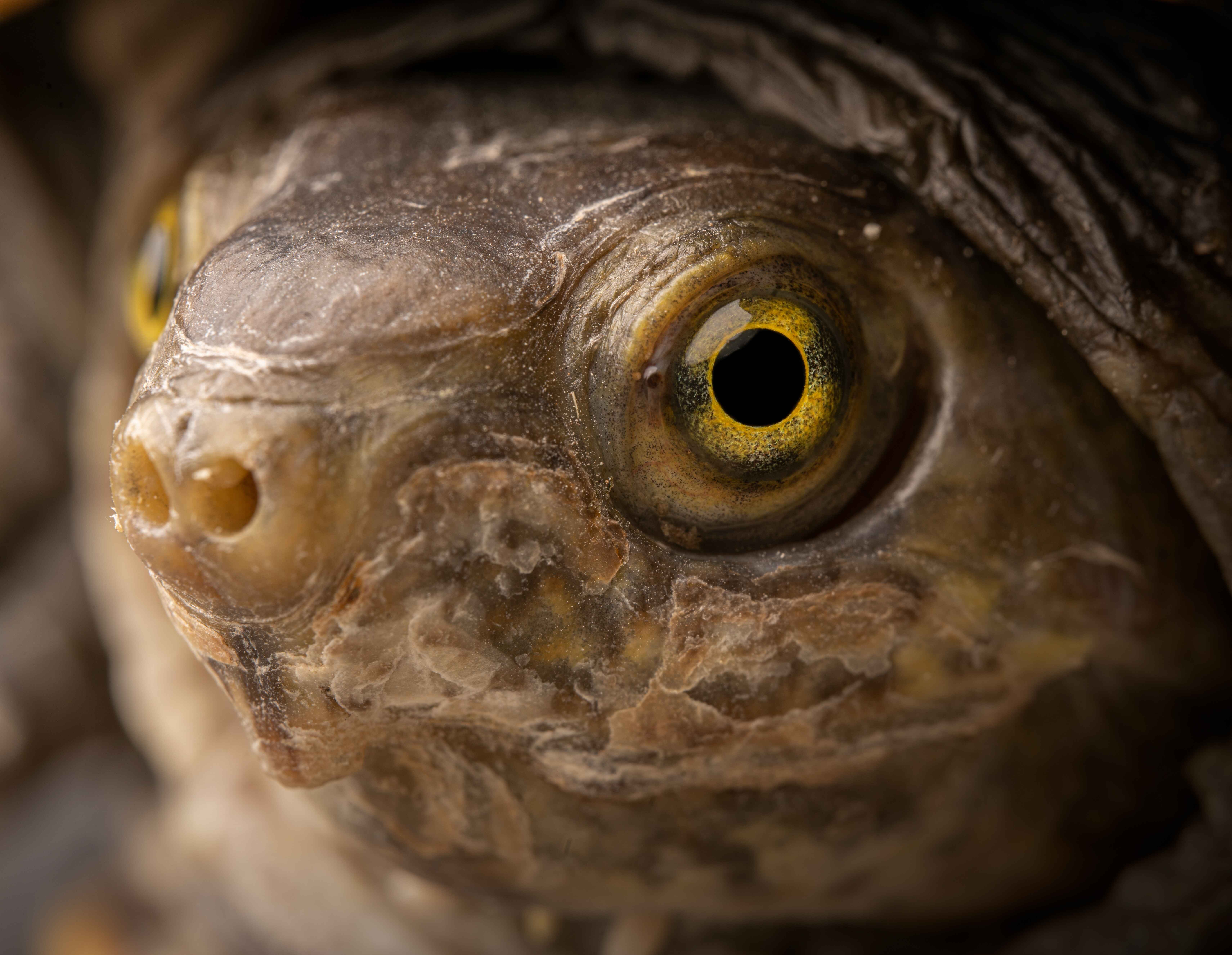
![]()
Handling
Overtime you will build a special connection with your turtle during feeding and caring for them, and they will come to recognize you. However, while they make incredible pets, it is not advised to handle your eastern mud turtle more than necessary as they can become stressed when handled.
